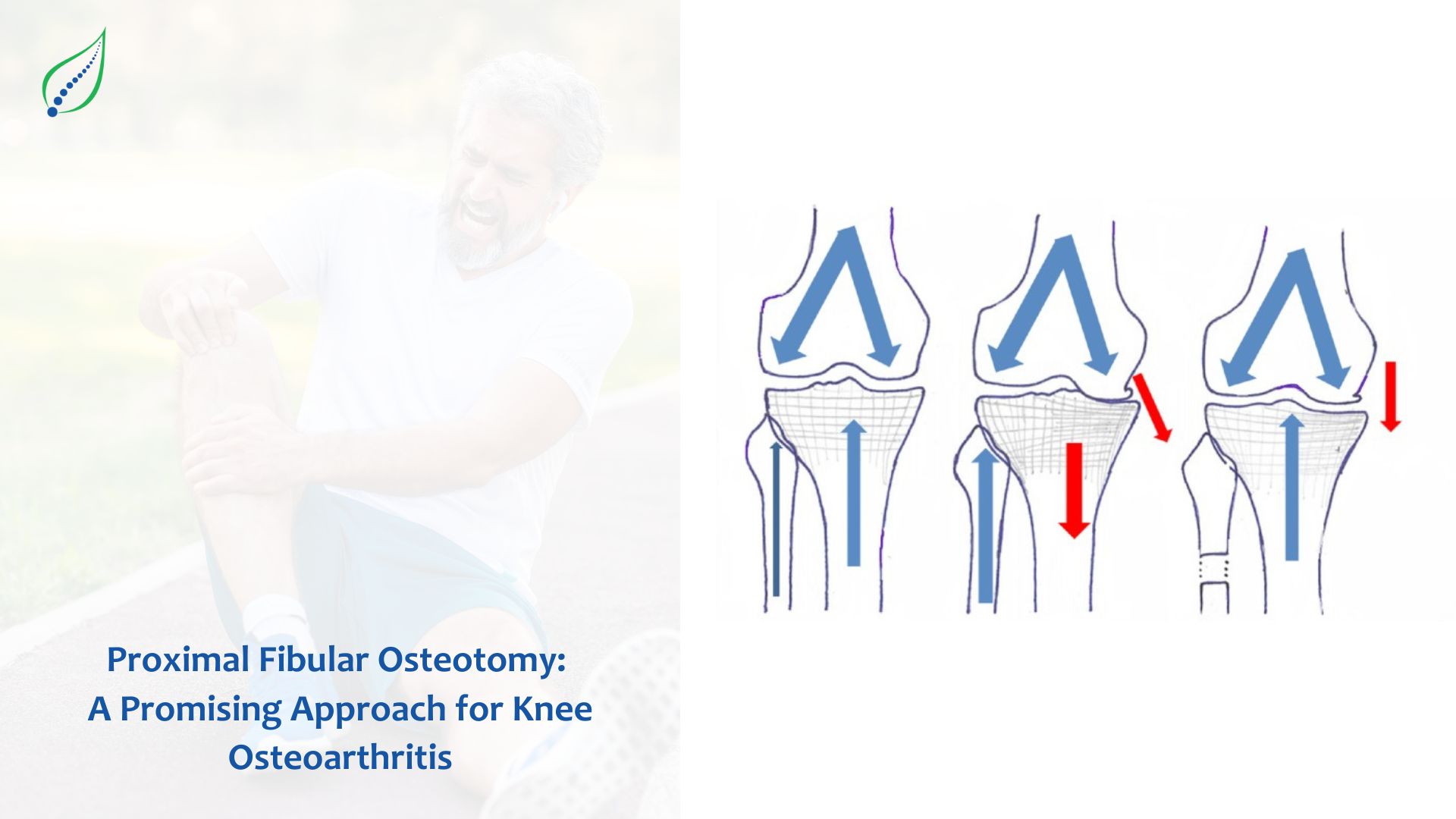Proximal Fibular Osteotomy
Knee osteoarthritis, also known as OA Knee, is a degenerative joint condition that affects a large number of people around the globe. As research continues to seek out useful treatments, there's been an emergence in popularity for Proximal Fibular Osteotomy (PFO), which is a relatively fresh surgical technique.
This method shows promise and can be beneficial especially among patients dealing with medial compartment osteoarthritis. A minimally invasive technique such as this has grown in popularity over the past few years. In the following blog, we will discuss what PFO is, how it operates and its benefits..
What is Proximal Fibular Osteotomy?
Proximal Fibular Osteotomy, often referred to as PFO, is a surgical procedure where a cut is made in the upper part of the fibula which is the smaller bone found in the lower leg. Normally, this osteotomy happens around 6 to 10 centimetres under the fibular head and its exact location depends on the patient's height. The main objective of performing PFO surgery is to redistribute weight-bearing forces inside the knee joint, especially when the medial (inner) compartment suffers more from osteoarthritis.
The Mechanism Behind PFO
The PFO principle is based on the idea of "non-uniform settlement" or what they call it as "stress imbalanced syndrome." In many cases of osteoarthritis, the medial tibial plateau usually suffers bigger loss and settling down than the lateral side does. The fibula that supports this area can also add to the imbalance.
When a doctor does osteotomy on the proximal fibula, they want to make the lateral support from this bone weaker. The change in these forces helps to move the load away from the knees inside part (medial compartment) towards its outside and back part (lateral and posterolateral areas). This can partly fix varus (bow-legged) deformity that is usually linked with osteoarthritis in the medial compartment. This will result in less pain and better working ability.
Surgical Technique and Considerations
The PFO procedure is not as complex when compared to other knee operations such as high tibial osteotomy (HTO) or knee replacement surgeries. It usually involves making a small cut on the lateral part of your leg.
The osteotomy should be done at a spot from the tip of the fibular head, about 6 to 10 centimeters. This place is best because it maintains stability in the ankle joint and also gives desired effect on knee biomechanics.
Potential Benefits of PFO
The first advantage of PFO is its less invasive nature. When we compare it with procedures like HTO or knee replacement, PFO usually involves smaller incision, causes less disturbance to tissues and does not often need internal fixation. It can give these possible benefits:
- Shorter recovery time
- Earlier weight-bearing
- Lower risk of complications
- Reduced cost
- Preservation of joint anatomy for future procedures if needed
Research has demonstrated notable enhancements in pain ratings and knee performance after PFO. A good number of patients also witness a decrease in their varus deformity, along with contentment towards the procedure's results. The effect of PFO on knee alignment, as well as its influence on the ability to walk and perform daily activities, has been examined. People who have undergone this procedure have indicated substantial improvements in all these aspects.
Several factors can influence the success of PFO:
-
Grade of osteoarthritis: Although a few studies claim positive results even for severe cases, PFO could bring the greatest advantages in medial compartment arthritis of Knee.
- Patient age and weight: Older patients may have better functional satisfaction, while obesity could reduce results.
- Tibiofibular arthritis: This may affect the movement in the upper tibiofibular joint and possibly decrease how well PFO works.
- Intra-articular Pathology that Coexists: Some surgeons may perform PFO along with arthroscopic procedures to treat other knee problems at the same time.
Bottom Line
With ongoing research and better surgical methods, PFO could become more significant for dealing with knee osteoarthritis. This brings hope to people who are looking for options other than major surgeries.




